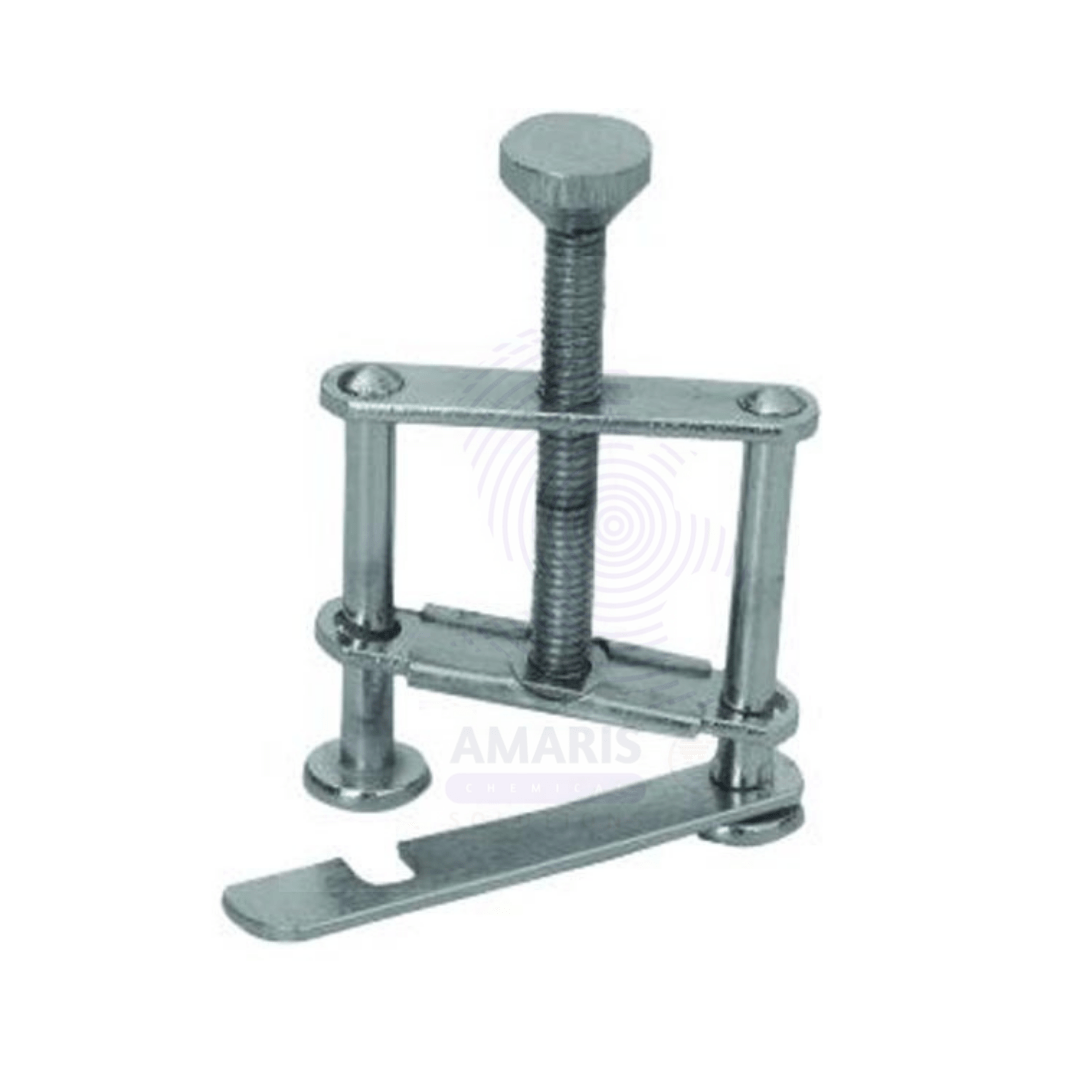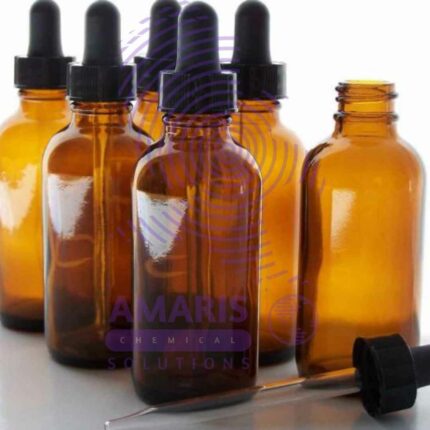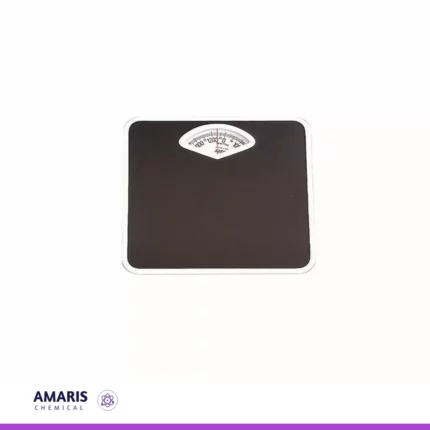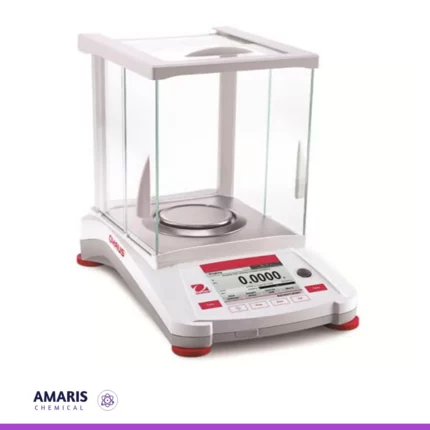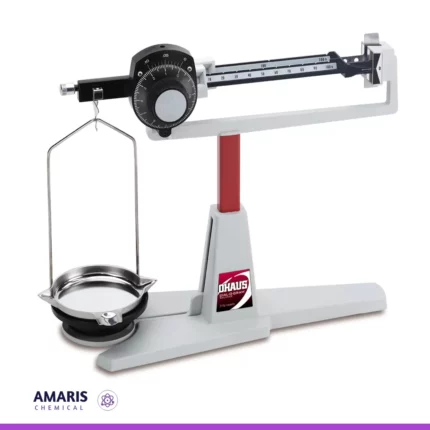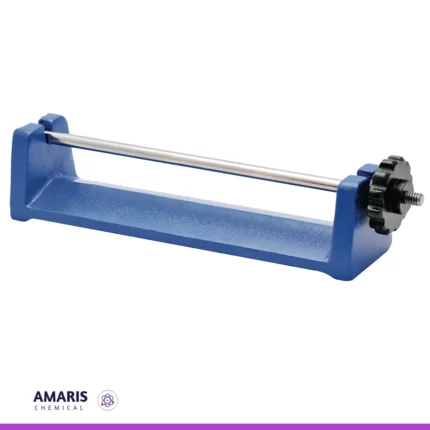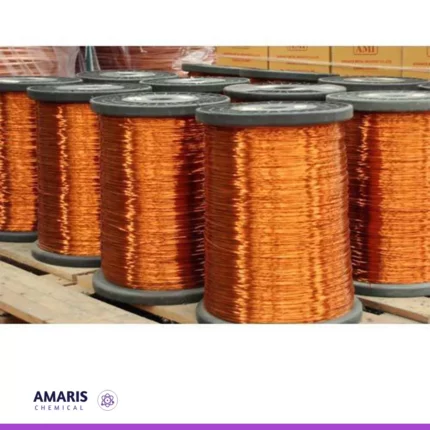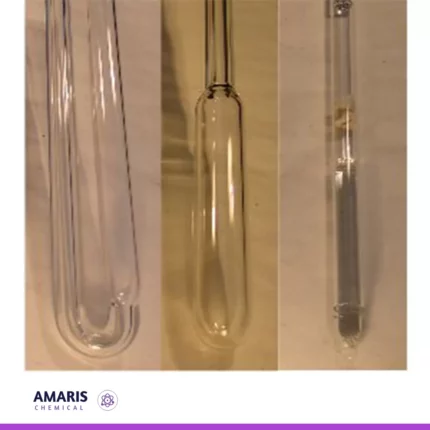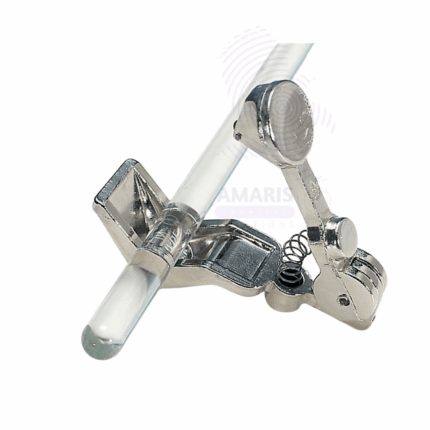
Glass tubing cutter file
KSh1,500.00 Original price was: KSh1,500.00.KSh1,400.00Current price is: KSh1,400.00.
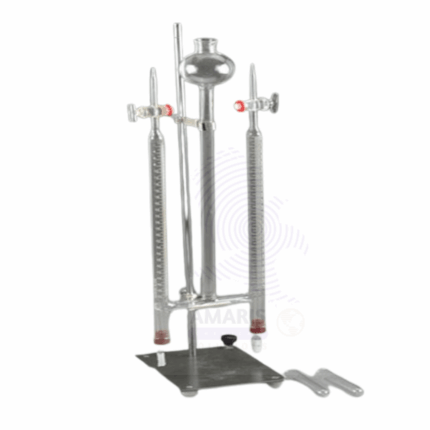
Hoffman Voltameter
KSh500.00 Original price was: KSh500.00.KSh450.00Current price is: KSh450.00.
Hoffman Clips
KSh200.00 Original price was: KSh200.00.KSh180.00Current price is: KSh180.00.
Hoffman clips, also known as towel clamps or surgical clips, are commonly used in surgical procedures to secure towels, drapes, or other sterile materials to the patient’s skin or to clamp off blood vessels or tissue. They are typically made of stainless steel and have a spring-loaded design that allows them to firmly grip onto objects without slipping. Hoffman clips come in various sizes and shapes, with serrated jaws to provide a secure hold. They are an essential tool in maintaining a sterile surgical field and preventing contamination during procedures.
SKU:
ACS87323CHEM0
Category: Special Laboratory Equipment
Description
Uses of Hoffman clips
- Securing Drapes and Towels: One of the primary uses of Hoffman clips is to secure sterile drapes and towels to the patient’s skin. This helps maintain a sterile field by preventing contamination from non-sterile surfaces.
- Clamping Blood Vessels: In certain surgeries, particularly those involving vascular procedures, Hoffman clips may be used to temporarily clamp blood vessels to control bleeding. This allows surgeons to work in a relatively bloodless field, making the procedure safer and more manageable.
- Tissue Dissection: Hoffman clips can be used to temporarily secure tissue during dissection. By holding tissue out of the way, surgeons can have better visibility and access to the surgical site.
- Organ Retraction: During some surgeries, Hoffman clips may be used to retract organs or tissues to provide better access to the area being operated on. They can hold tissue in place without causing damage or compromising the surgical field.
- Closure of Wounds: In certain situations, particularly in small animal surgeries, Hoffman clips may be used to close wounds instead of sutures. This technique is often employed in situations where rapid closure is necessary and where sutures may not be feasible.
- Sterilization: Ensure that Hoffman clips are properly sterilized before use to prevent introducing infections or contaminants into the surgical site. Follow established protocols for sterilization, such as autoclaving or chemical sterilization, and verify that the clips are sterile before opening them.
- Proper Placement: Ensure that Hoffman clips are placed accurately and securely. Improper placement can lead to inadequate hemostasis (control of bleeding) or tissue damage. Verify the correct positioning of the clips and double-check their placement before proceeding with the surgery.
- Appropriate Size: Use Hoffman clips of the appropriate size for the intended purpose. Using clips that are too small may result in inadequate clamping or slipping, while using clips that are too large may cause unnecessary tissue trauma or difficulty in maneuvering.
- Avoid Over-tightening: Avoid over-tightening Hoffman clips, especially when clamping blood vessels or delicate tissues. Over-tightening can cause tissue ischemia (reduced blood flow) or tissue necrosis (death of tissue). Use gentle pressure to achieve hemostasis without causing excessive tissue damage.
- Monitor Tissue Perfusion: Continuously monitor tissue perfusion (blood flow) beyond the area where Hoffman clips are applied. Assess tissue color, temperature, and capillary refill to ensure adequate perfusion. If signs of compromised perfusion are observed, promptly release or adjust the clips as needed.
- Proper Removal: Remove Hoffman clips carefully and gently at the appropriate time during the procedure or postoperatively. Improper removal can cause tissue trauma or bleeding. Use appropriate techniques to release the clips without causing unnecessary tension on the tissues.
- Documentation: Document the use of Hoffman clips in the patient’s medical records, including the number, location, and duration of application. This helps ensure continuity of care and facilitates communication among healthcare providers.
Shipping & Delivery
Related products
Amber Bottles Polystop
KSh0.01
A laboratory glass amber bottle is a specialized container commonly used in laboratories to store and protect light-sensitive substances, chemicals, or solutions. These bottles are made from amber-colored glass, which provides protection against ultraviolet (UV) and visible light radiation. The amber glass helps to minimize the degradation and decomposition of light-sensitive contents by blocking a significant portion of the light spectrum.
The amber color of the glass is achieved by adding iron, sulfur, and other compounds during the glass manufacturing process. This coloration is what gives the bottles their distinctive amber or brown appearance.
Laboratory glass amber bottles typically come in various sizes, ranging from small volumes of a few milliliters to large capacities of several liters. They often have a screw-on or snap-on cap, providing a secure and airtight seal to prevent spills, evaporation, and contamination.
Due to their ability to protect light-sensitive substances, laboratory glass amber bottles are widely used in chemistry, biology, pharmaceuticals, and other scientific fields where sample integrity and stability are crucial.
Balance Bathroom Scale
KSh0.01
bare enamelled copper wire
KSh0.01
Barlows wheel apparatus
KSh0.01
The Barlow's wheel apparatus is an experimental device used to demonstrate the conversion of electrical energy into mechanical energy through electromagnetic principles. It consists of a horizontal wheel or disk with radial metal spokes attached to its center. The wheel is mounted on an axle, allowing it to rotate freely.
Barometer tubes
KSh0.01
A barometer tube is a slender, sealed, and typically transparent tube used in barometers to measure atmospheric pressure. It is usually filled with a liquid, often mercury, but sometimes water or another fluid, which rises or falls within the tube in response to changes in atmospheric pressure. The height of the liquid column in the tube serves as an indicator of the current atmospheric pressure, with higher pressure causing the liquid to fall and lower pressure causing it to rise. This measurement helps in predicting weather changes and understanding atmospheric conditions.

